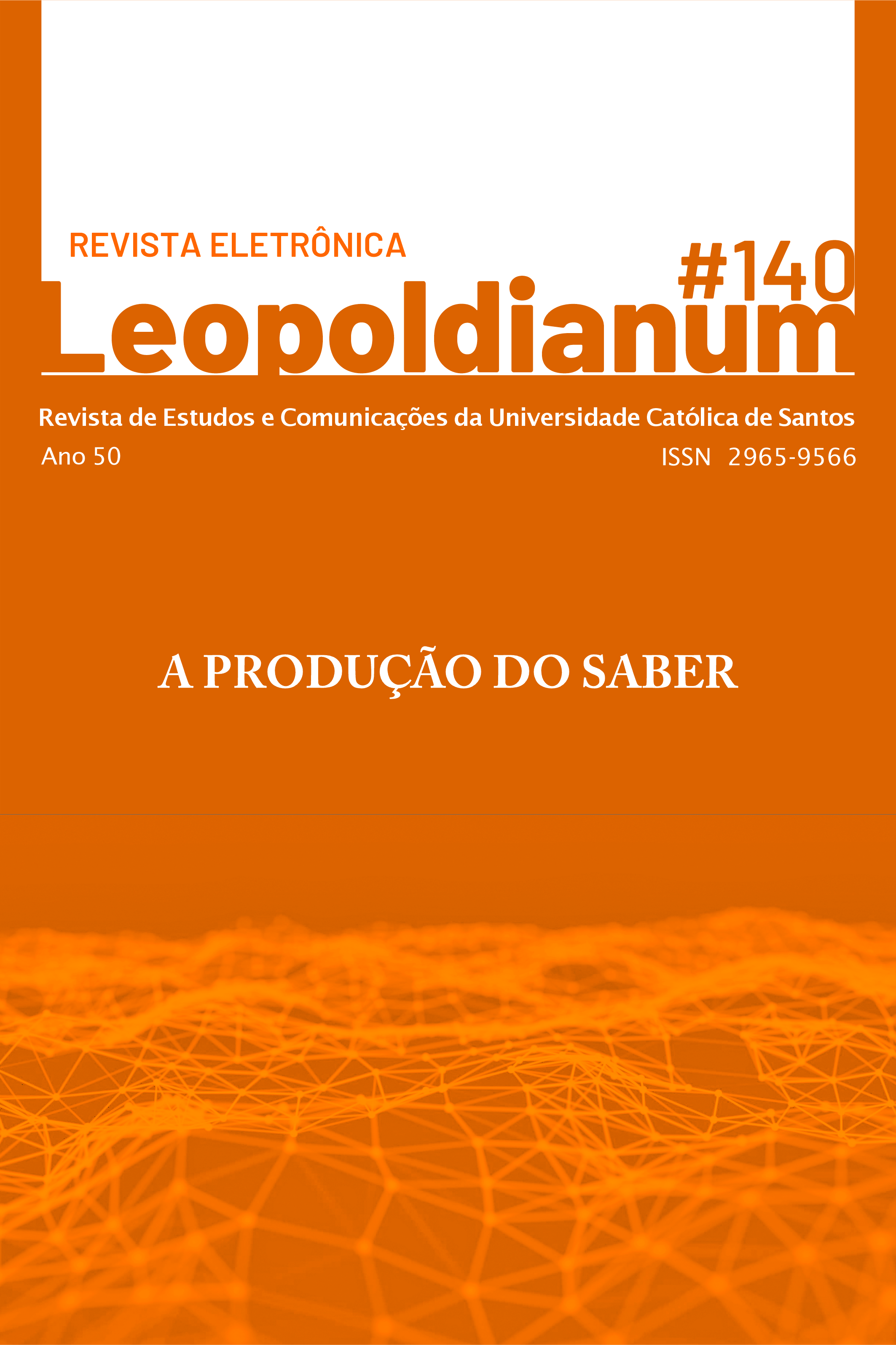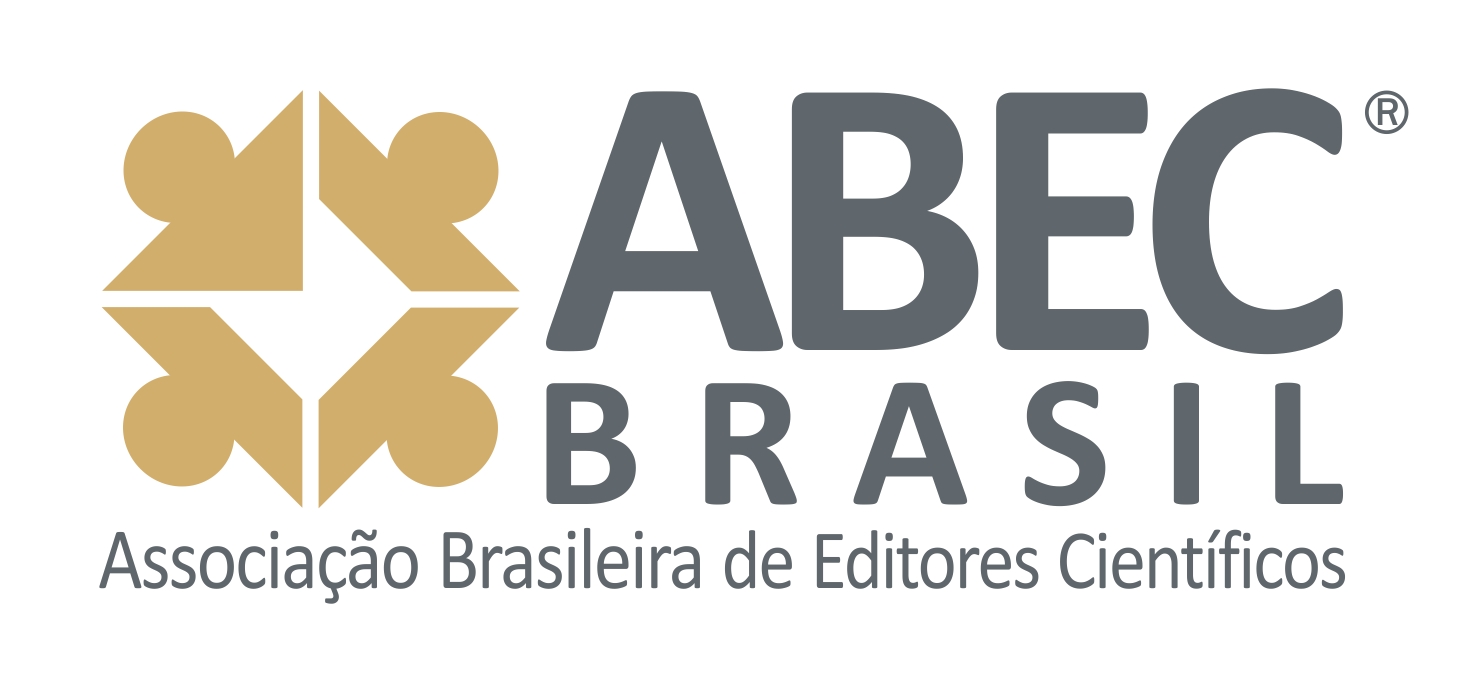A TESE DE BRANQUEAMENTO RACIAL E O RACISMO ESTRUTURAL NO BRASIL
DOI:
https://doi.org/10.58422/releo2024.e1449Abstract
As a result of the process of construction of Brazilian society, it is possible to identify between the lines of everyday life the impact of racial discrimination on the lives of several generations of non-white individuals. Intrinsic to structural racism and institutionalized prejudice, there is the history of a eugenicist collectivity that, with government support and pseudo-scientist groups, contributed to the segregation of the enslaved community, which, abandoned without integration and inclusion policies, was marginalized and excluded from social belonging, while plans for "sanitizing the people" were discussed among the ruling classes in order to exterminate the black and mestizo peoples of the country. The present subproject will be developed through bibliographic research, aiming to gather information about the emergence and dissemination of Eugenist Theory in Brazil, which precepted ideas of purity and racial supremacy, and intends, from the data collected, to perform a descriptive analysis (through the review of the literature obtained), adopting a deductive-inductive research method, in order to identify its historical, political and even artistic impacts, who were the main creators and actors of the theme, how their ideas were produced and disseminated, as well as whom this discourse reached, directly or indirectly.
Downloads
Published
Issue
Section
License

This work is licensed under a Creative Commons Attribution 4.0 International License.
A Revista Eletrônica Leopoldianum - Revista de Estudos e Comunicações da Universidade Católica de Santos (ISSN: 2965-9566) é detentora dos direitos autorais de todos os artigos publicados por ela. A reprodução total dos textos em outras publicações, ou para qualquer outro fim, por quaisquer meios, requer autorização por escrito do editor. Reproduções parciais de artigos (resumo, abstract, mais de 500 palavras de texto, tabelas, figuras e outras ilustrações) deverão ter permissão por escrito do editor e dos autores.









